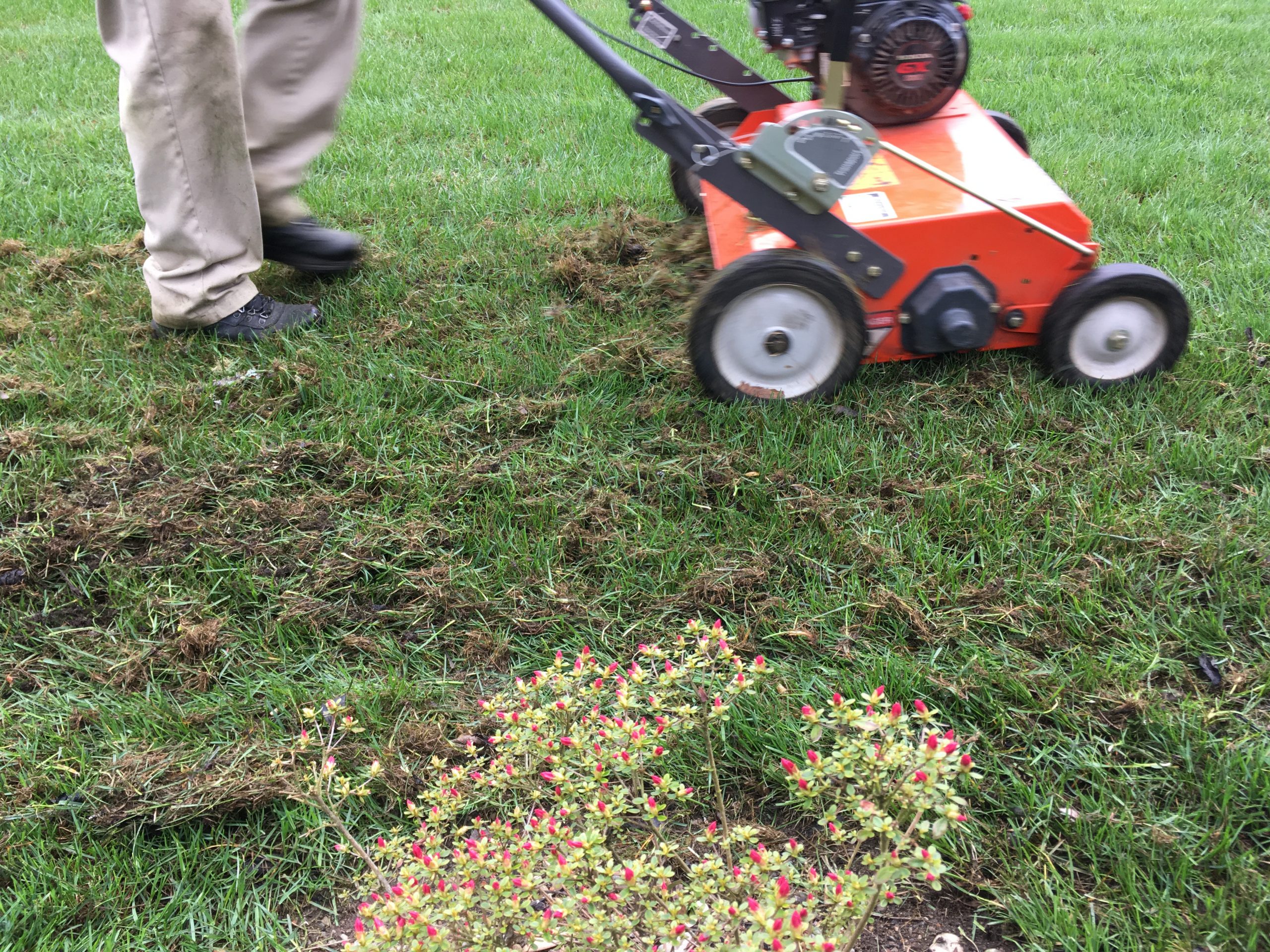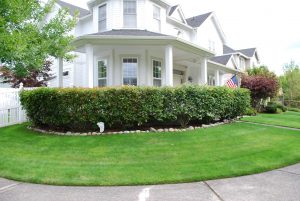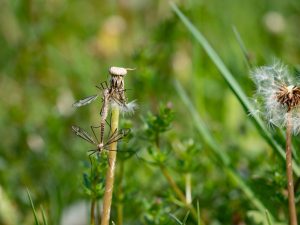
Turn on every zone and watch every gear drive rotor rotate fully and the fixed spray heads spray to ensure all the areas are being watered.
Establish zone run times based on the type of head or sprinkler if you are using a hose. Fixed spray heads have a greater precipitation rate than a gear drive rotor. For example, a gear drive rotor may take 20 minutes to provide 1 inch of rainfall and a fixed head may take 10 minutes to provide the same amount. There are many different size nozzles and sprinklers so you can use a catch can to measure how long it takes for the catch can to fill 1 inch. Shrub bed areas require less water than lawn areas.
Localized dry spots require more attention. Once an area is dry it can become hydrophobic or hard to get wet again. Like a dry sponge the water can just run off without penetrating. Take the time to hand water these areas and ensure the water has penetrated by using a shovel to see if the water has made it down to the root zone.
Work from a position of moisture not drought. Soak the lawn well and then adjust your run times based on the seasonal temperature changes. If your lawn is looking a little brown around the edges or that same area that always gets brown first is looking stressed, run the program again back to back. This cycle and soak method is very effective.
Program run times to heavy and infrequent to make the roots reach for the moisture. If you water every day or even 2 times a day the moisture will be at the surface and the roots will be there too. Train your roots before the heat stress.
Program start times for very early in the morning or late in the evening for maximum pressure and less wind.
Review your system every month during the irrigation season to identify the need for repair or adjustment. Watch every head in every zone. Look to upgrade nozzles or heads in the trouble areas.
Remember: A moist sponge absorbs better than a dry sponge.



